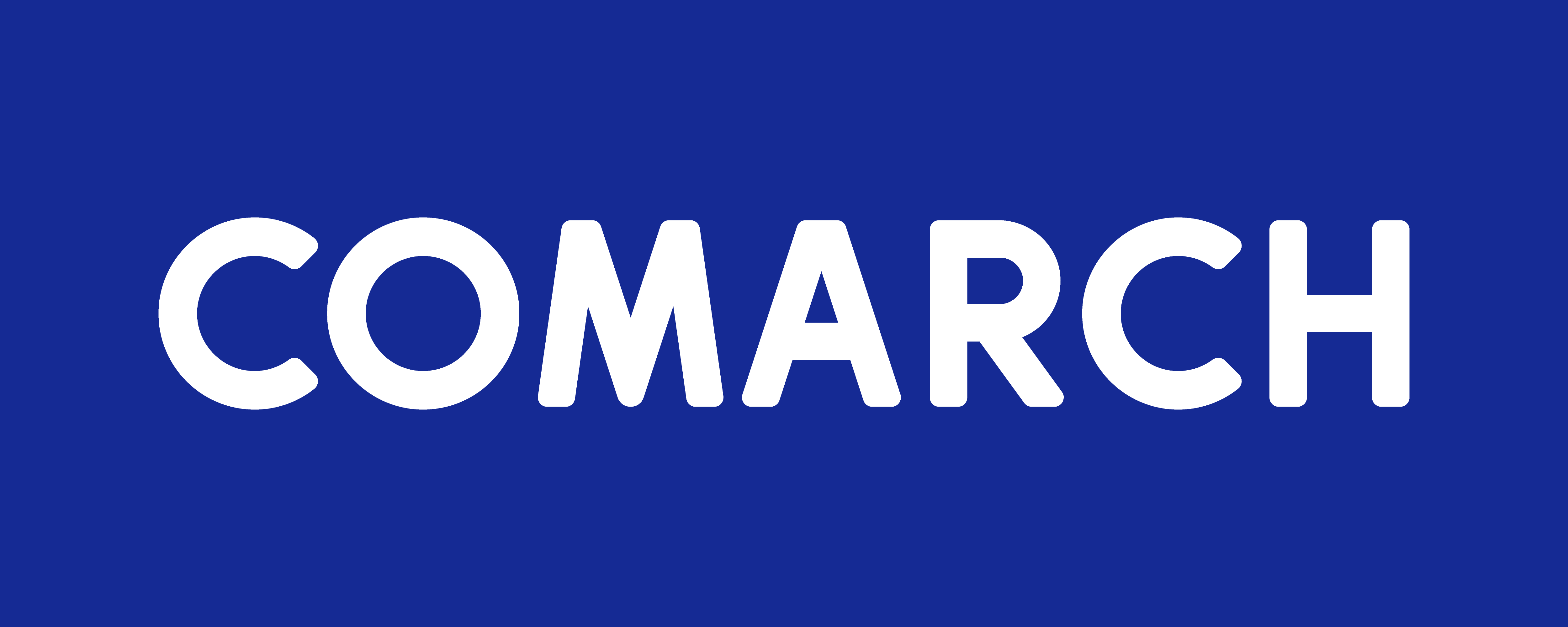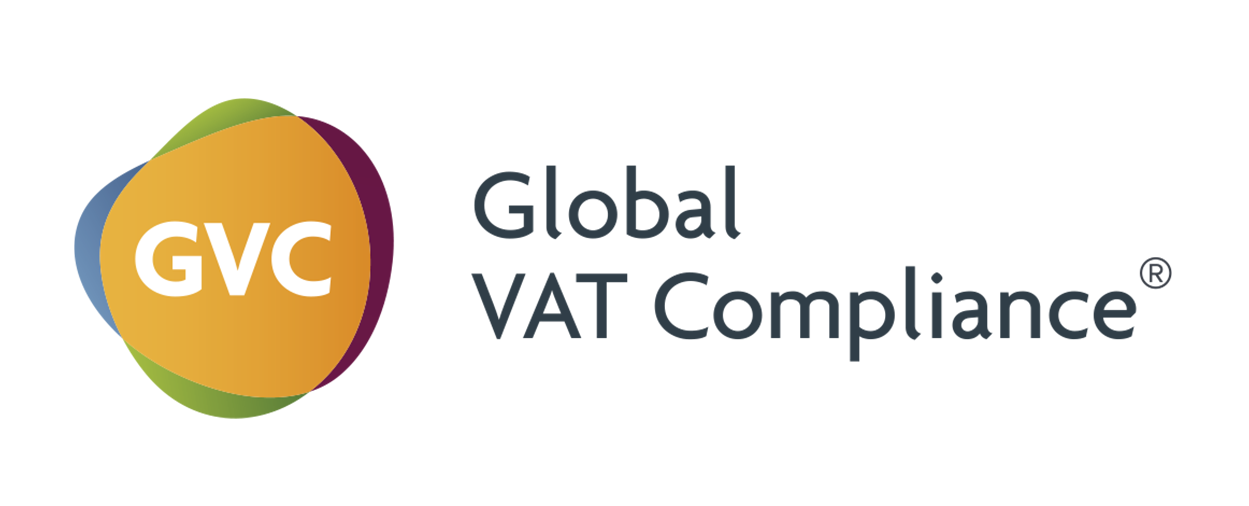- Continuous Transaction Controls (CTC) refer to the shift towards real-time or near-time data collection and automation for tax reporting and compliance.
- This approach aims to improve tax collection efficiency, reduce tax evasion, and minimize the VAT gap by implementing obligatory transaction-based reporting verified by tax administrators.
- Several countries have already implemented CTC, including Brazil, Chile, Mexico, and various European countries.
- The CTC models vary but generally fall into four core categories: interoperability model, real-time invoice reporting model, centralized exchange model, and clearance model.
- Implementing CTC requires companies to adapt their compliance processes, focus on data management and quality, and invest in technology and change management resources.
- The business case for CTC implementation extends beyond compliance obligations to integrated collaboration with finance, controlling, and business insights generation.
Click on the logo to visit the website
- Join the Linkedin Group on Global E-Invoicing/E-Reporting/SAF-T Developments, click HERE
















